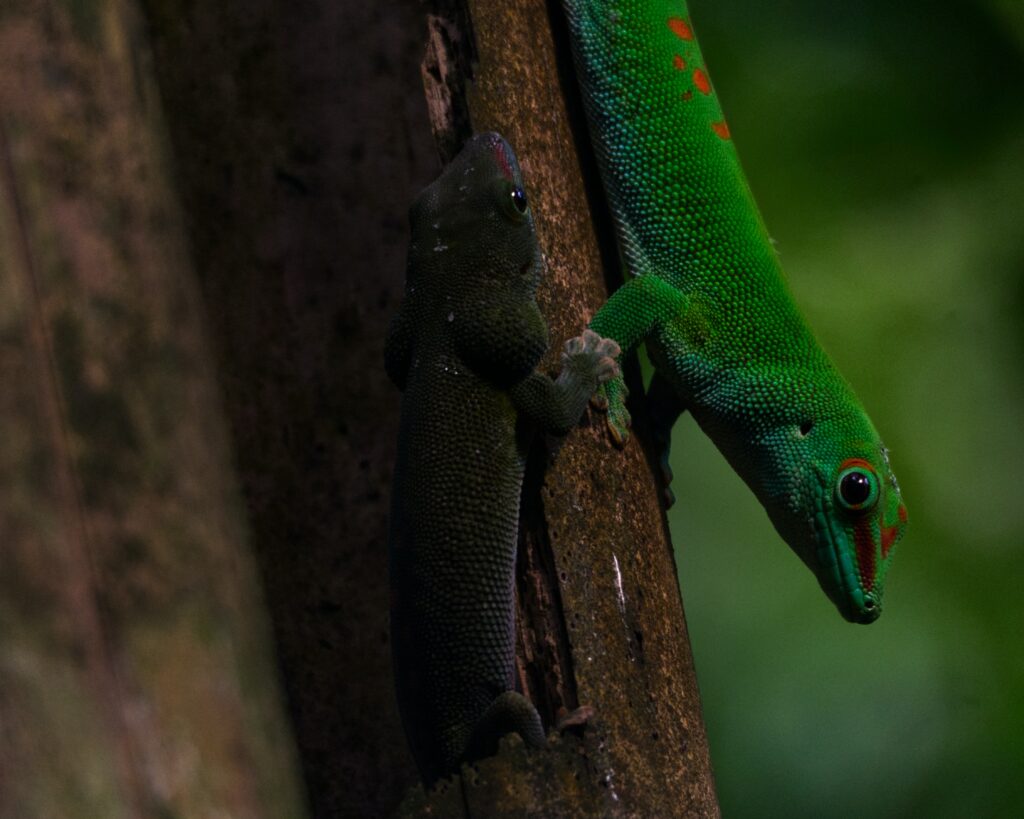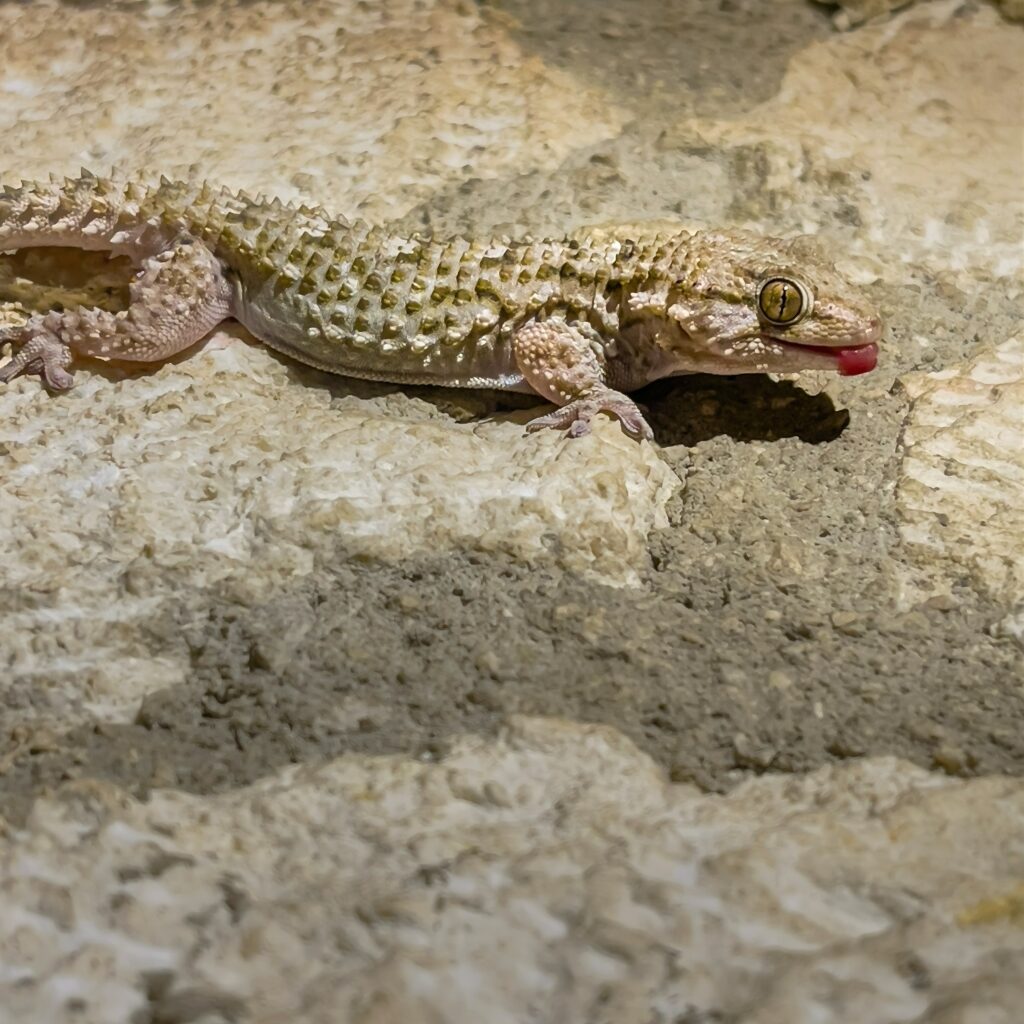
Geckos, those fascinating creatures that can effortlessly scale walls and ceilings, have captured the curiosity of scientists for years. Fascinating as they may be, what is even more intriguing is how their size plays a crucial role in shaping their behavior and lifestyle. From their feeding habits to their mating rituals, the size of geckos influences every aspect of their lives. In this article, we will explore the intricate relationship between gecko size and their behavior, shedding light on the fascinating world of these remarkable reptiles.
Gecko Size and Behavior

Introduction
Geckos are fascinating creatures that come in a variety of sizes, each with its own unique set of behaviors. In this article, we will explore how the size of geckos influences their behavior. From locomotion and diet to communication and social behavior, size plays a significant role in shaping the lifestyle of these remarkable reptiles.
Body Size and Locomotion
Geckos exhibit diverse locomotion strategies, and body size plays a crucial role in determining their preferred method of movement. Larger geckos, such as the tokay gecko, rely on a combination of walking and climbing to navigate their surroundings. Their robust bodies and muscular limbs allow them to move effectively both on the ground and vertically on surfaces. On the other hand, smaller geckos, like the dwarf gecko, excel in agile and rapid movements. Their smaller size grants them the ability to scurry swiftly and effortlessly across various terrains.
Body Size and Diet
The size of geckos greatly influences their dietary preferences and feeding behaviors. Larger geckos have a higher energy requirement and, therefore, tend to consume larger prey items. They have the capability to capture and devour insects, small mammals, and even other reptiles. In contrast, smaller geckos primarily feed on insects and arachnids that are more proportionate to their size. Their hunting tactics often involve stalking, ambushing, and swiftly pouncing on their prey, utilizing their agility to their advantage.
Body Size and Communication
Geckos employ various communication methods to convey their intentions, territorial boundaries, and mating availability. Larger geckos often use vocalizations and physical displays to establish dominance and attract potential mates. These displays may involve head bobbing, tail wagging, and vibrant coloration to serve as visual signals to other geckos. Conversely, smaller geckos rely more on chemical signals, such as scent markings and pheromones, to communicate with conspecifics. These subtle but effective communication techniques allow them to navigate social interactions within their relatively smaller territories.

Body Size and Predation
Predation is a significant factor that influences the behavior of geckos, and size plays a vital role in determining the risks faced by these reptiles. Larger geckos possess a better chance of defending themselves against potential predators due to their size and strength. They may display aggressive behavior or even resort to biting if cornered or threatened. Conversely, smaller geckos rely on their agility and camouflage to avoid detection by predators. They often retreat to narrow crevices or hide amidst foliage, utilizing their smaller size to their advantage.
Body Size and Reproduction
The size of geckos also influences their reproductive behaviors. Larger geckos tend to have more complex courtship rituals and engage in prolonged mating displays to attract potential mates. These displays may include head movements, tail curling, and vocalizations to impress females. Additionally, larger geckos often have longer mating seasons and produce more offspring in a single reproductive cycle. In contrast, smaller geckos typically have simpler courtship displays and shorter mating seasons. They produce fewer eggs but may compensate for this by having multiple reproductive cycles throughout the year.

Body Size and Territorialism
Territorial behavior is commonly observed among geckos, and it is influenced by their body size. Larger geckos often require larger territories to cater to their greater energy demands and reproductive needs. They vigorously defend their territories from intruders of the same or different species, using physical displays and vocalizations to establish dominance. On the other hand, smaller geckos have smaller territories due to their reduced energy requirements and the availability of resources in their habitat. They may engage in less aggressive territorial behaviors, relying more on scent markings and subtle displays to demarcate their territory.
Body Size and Social Behavior
Geckos exhibit varying degrees of social behavior, which can be influenced by their size. Larger geckos, such as the crested gecko, display more social tendencies and have a higher tolerance for conspecifics. They may form loose groups or live in close proximity within a shared territory, benefiting from cooperative foraging and increased safety in numbers. Smaller geckos, however, tend to be more solitary in nature, primarily due to the limited availability of resources in their smaller territories. While they may tolerate brief interactions during mating or territorial disputes, they generally prefer a more independent lifestyle.
Body Size and Thermal Regulation
The size of geckos plays a vital role in their thermal regulation capabilities. Larger geckos, with their greater body mass, exhibit a higher thermal inertia, allowing them to retain heat for more extended periods. This enables them to thrive in environments with fluctuating temperatures and cooler climates. Conversely, smaller geckos have a lower thermal inertia, making them more sensitive to temperature changes. Their smaller size facilitates efficient heat exchange with the external environment, enabling them to tolerate warmer climates more effectively.
Body Size and Lifespan
The size of geckos also correlates with their lifespan. Generally, larger geckos tend to have longer lifespans compared to their smaller counterparts. This can be attributed to a variety of factors, including a slower metabolic rate, reduced predation risk, and increased opportunities for successful reproduction. Larger geckos may live for several years, with some species even surpassing two decades in captivity. In contrast, smaller geckos usually have shorter lifespans, primarily due to their higher metabolic rates, increased vulnerability to predation, and reduced reproductive opportunities.
In conclusion, gecko size plays a significant role in shaping their behavior. From locomotion and diet to communication and social behavior, each aspect of a gecko’s lifestyle is influenced by its body size. Understanding the intricate relationship between size and behavior allows us to appreciate the remarkable adaptations and strategies employed by these captivating reptiles in their quest for survival and reproduction.